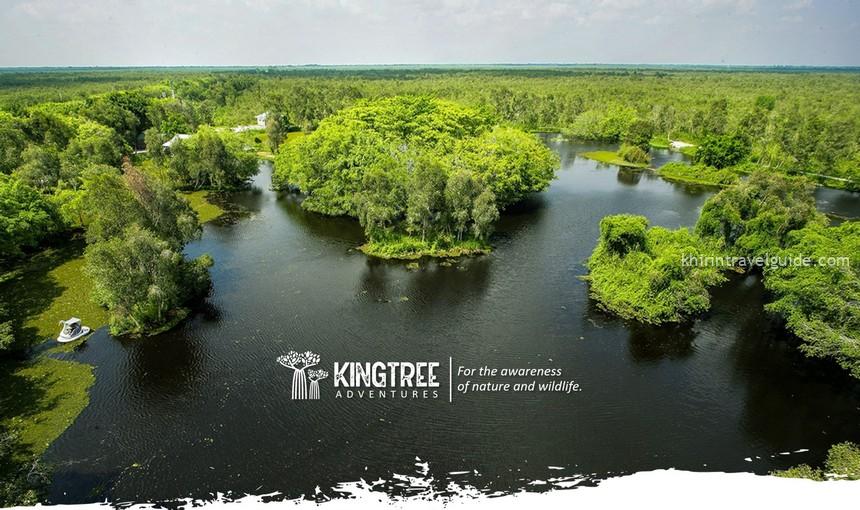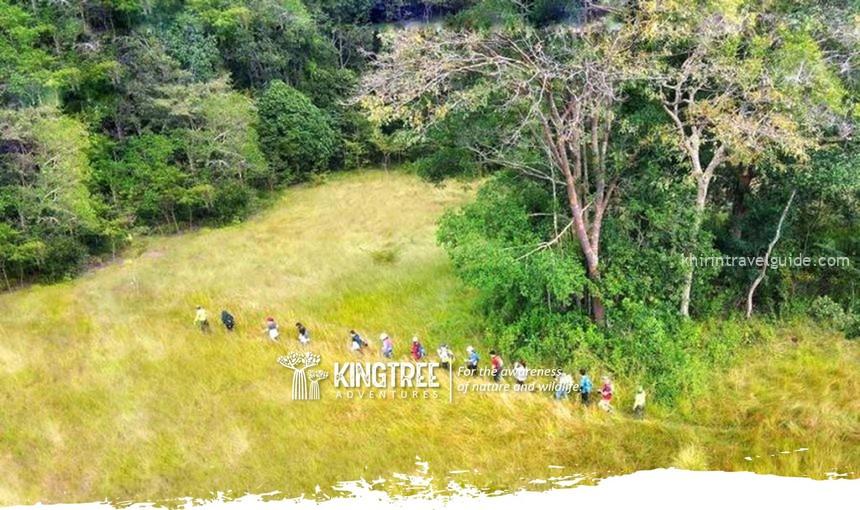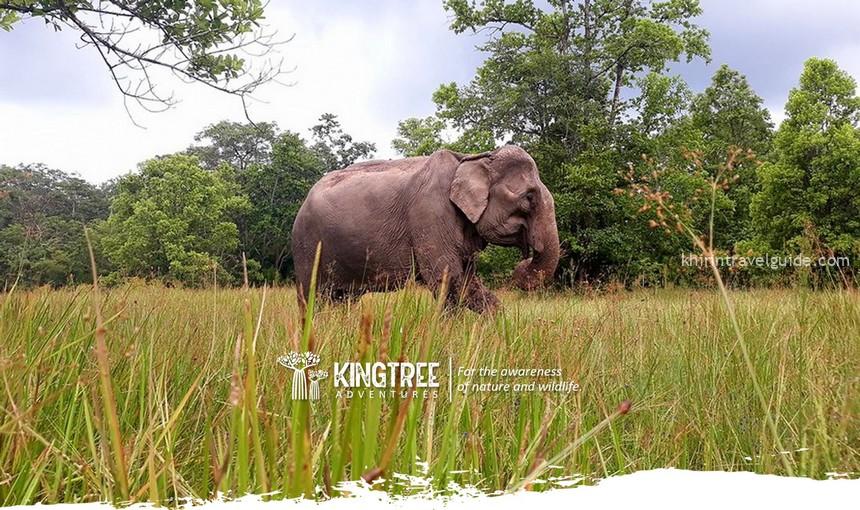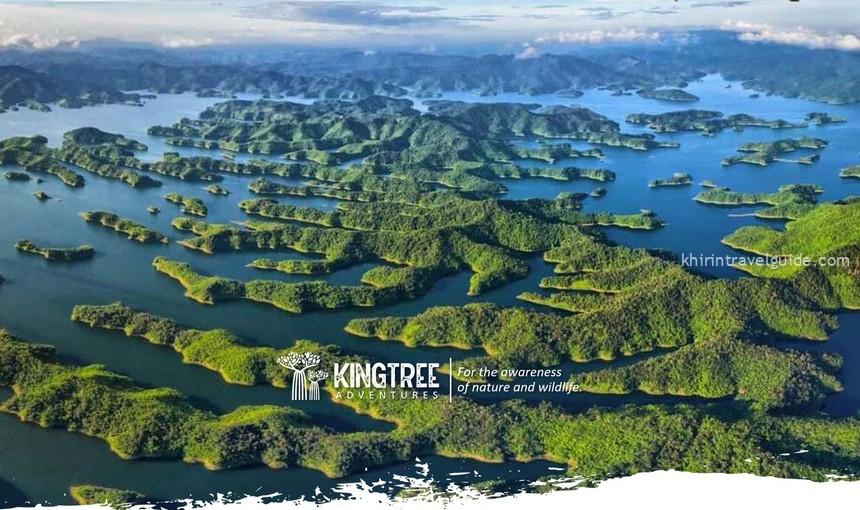The Park is one of the three most important locations for wetland conservation in the Mekong Delta and protects one of the two major regions of peat swamp forest that remain in Vietnam (the other being U Minh Ha). U Minh Thuong National Park is situated in the An Minh and Vinh Thuan districts of Kien Giang Province, approximately 365 kilometers southwest of Ho Chi Minh City.
Inauguration: 2012
Area (hectares): 8,038
Area and Location:
Located in An Minh and Vinh Thuan districts, Kien Giang Province about 365km south-west of Ho Chi Minh City, U Minh Thuong National Park covers a total area of 8038 hectares.
Description:
The Park supports one of the last two significant areas of peat swamp forest remaining in Viet Nam (the other one being U Minh Ha), and is recognized as one of the three highest priority sites for wetland conservation in the Mekong Delta.
Habitat Types:
The Park supports a range of wetland habitats, including a semi-natural Melaleuca forest, seasonally inundated grassland and open swamp.
Unique Flora:
Significant plants include the duckweed (Lemna tenera), which is rare throughout its range in Southeast Asia but common at U Minh Thuong; Melaleuca cajuputi; Phragmites vallatoria; Cayratia trifolia.
Unique Fauna:
Significant species include Oriental small-clawed otter (Aonyx cinerea); Sunda pangolin (Manis javanicus); large spotted civet (Viverra megaspila); Oriental darter (Anhinga melanogaster); spot-billed pelican(Pelecanus philippensis); painted stork (Mycteria leucocephala); lesser adjutant (Leptoptilos javanicus); black-headed ibis (Threskiornis melanocephalus); glossy ibis (Plegadis falcinellus); greater spotted eagle (Aquila clanga); grey-headed fish eagle (Ichthyophaga ichthyaetus); and Asian golden weaver (Ploceus hypoxanthus).
Ecotourism Destination and Activities:
The Park has historical significance since the area was used as a base by resistance forces during the First and Second Indochina Wars. The sunset in the Park is fantastic as thousands of birds return from feeding grounds to their nests; the forest is full of wildlife and the sounds of monkeys and wild pigs.
Biological Richness:
• 226 species of non-cultivated vascular plants
• 24 species of mammals
• 185 species of birds
• 34 species of reptiles





